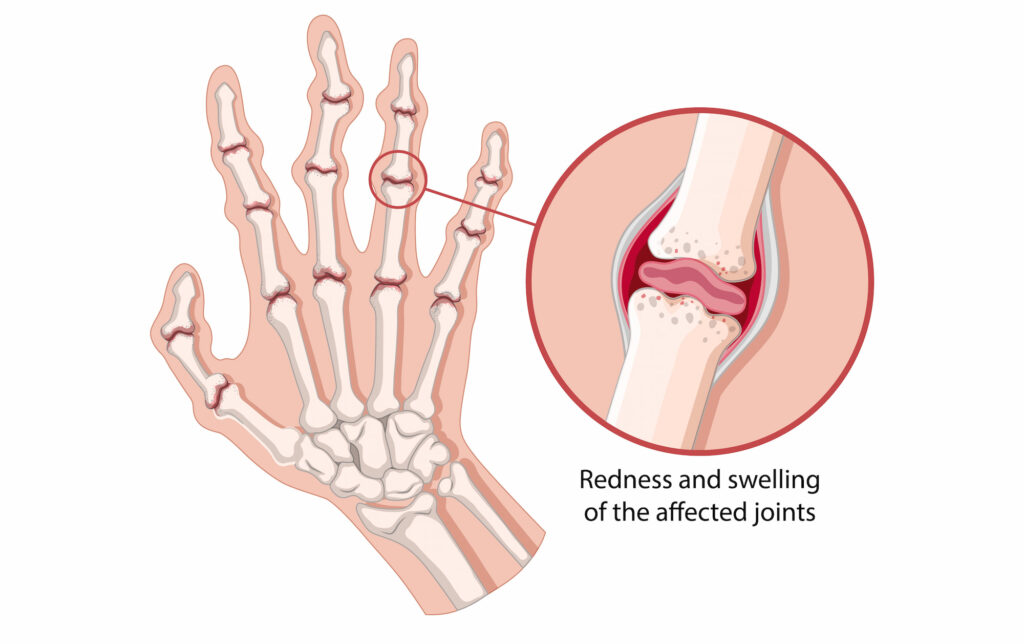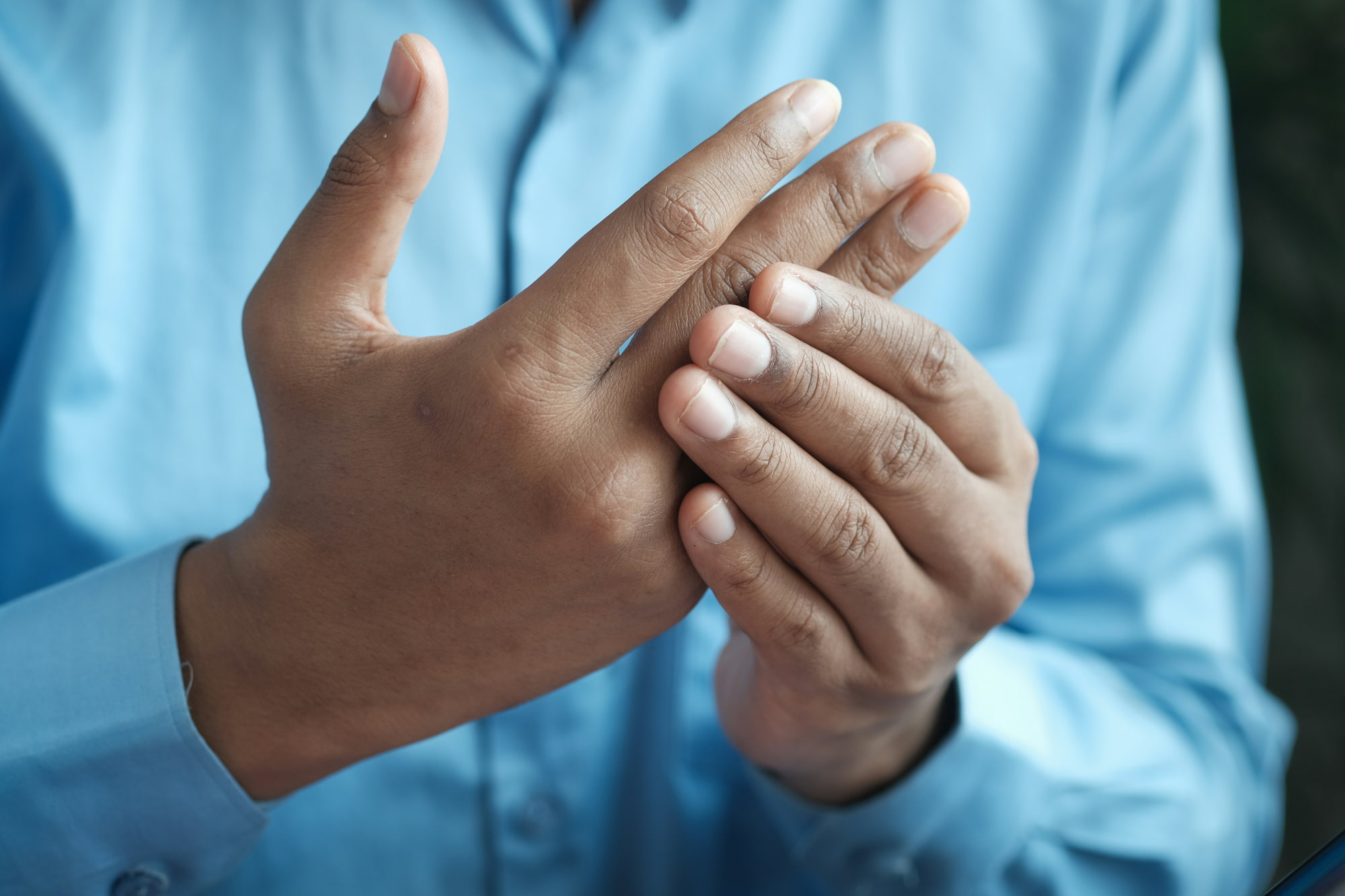Hand and wrist arthritis is a common degenerative condition that affects various joints, primarily in older adults. The joints most commonly impacted include those in the wrist, the small finger joints, and the base of the thumb.
Arthritis in these areas can cause discomfort, limit movement, and affect the ability to perform daily tasks. Hand and wrist arthritis is a form of joint inflammation that primarily occurs due to the gradual wearing down of the smooth cartilage covering the bone ends.
This breakdown leads to pain, stiffness, and swelling in the joints. The most common types of arthritis affecting the hand and wrist are osteoarthritis, rheumatoid arthritis, and post-traumatic arthritis. Osteoarthritis is the most common form, especially in older adults, and often targets the small joints of the fingers and the base of the thumb.
What causes hand and wrist arthritis?
- Age-related wear and tear
- A family history of arthritis can increase the likelihood
- Previous injuries, like fractures, can lead to arthritis as the joint may become uneven, leading to abnormal wear
- Rheumatoid arthritis, an autoimmune condition that targets joint linings, resulting in chronic inflammation and joint damage
- Repeated stress on the hands and wrists, often from manual labour or repetitive motion, can wear down the cartilage over time
What symptoms would I notice?
- Pain and stiffness, particularly in the morning or after periods of inactivity
- Swelling and tenderness, especially around the joints, which may feel warm to the touch
- Difficulty fully bending or straightening the fingers or wrist
- Small bony lumps called Heberden’s or Bouchard’s nodes may appear on finger joints in osteoarthritis
- Difficulty gripping objects or performing tasks like opening jars or turning door knobs.
- In cases where the base of the thumb is affected, you may also notice reduced hand span or difficulty in pinch-related tasks

How is hand and wrist arthritis diagnosed?
Your GP will take a look at the affected joints, assessing them for pain, swelling, and range of motion. X-rays are commonly used to identify joint wear, bone spurs, and other changes. Additional imaging, such as MRI or CT scans, may be considered for a more detailed assessment.
Treatment options
Non-surgical options are the first port of call to reduce symptoms and slow disease progression. If these more conservative treatments aren’t sufficient, surgical options may be considered.
Non-operative treatments
- Over-the-counter medications like anti-inflammatory drugs or prescribed medications may help relieve pain and swelling.
- Wearing a splint can support the joint, reducing strain and pain. Splints can be bought ready-made or custom-fitted by a hand therapist.
- Hand therapists offer exercises to strengthen the hands, improve joint stability, and correct poor posture or grip patterns.
- Tools like jar openers, adaptive kitchen utensils, or tap levers can help reduce joint strain during daily tasks.
- A cortisone injection to the affected joint may reduce inflammation, providing temporary relief that can last several months to a year.
Operative treatments
- Joint Fusion (Arthrodesis)
This involves permanently joining two bones, eliminating movement in the affected joint to relieve pain. It’s often used in smaller finger joints and is beneficial for patients needing joint stability over flexibility.
- Joint Replacement (Arthroplasty)
This is suitable for patients who want to maintain some joint movement. Materials such as silicone, metal, or pyrocarbon are used to replace damaged joints, primarily in the thumb or finger joints.
- Excisional Arthroplasty
Involves removing bone to create space and reduce pain. Commonly performed on the thumb joint, this option preserves movement and function. In base of thumb arthritis it is known as trapeziectomy and suspension. Excision (removal) surgery may also be used to remove the first row of wrist bones altogether in certain cases.
See below to learn more about the fusion procedures:
Hand and wrist surgery with Dr Lambers
If surgery is recommended by your GP, Dr Lambers can provide guidance on the best approach for your situation. Surgical treatment aims to relieve pain and improve joint function. Dr Lambers will carefully assess your condition to recommend the most appropriate course of action, whether it’s joint fusion, replacement, or no surgery at all.

